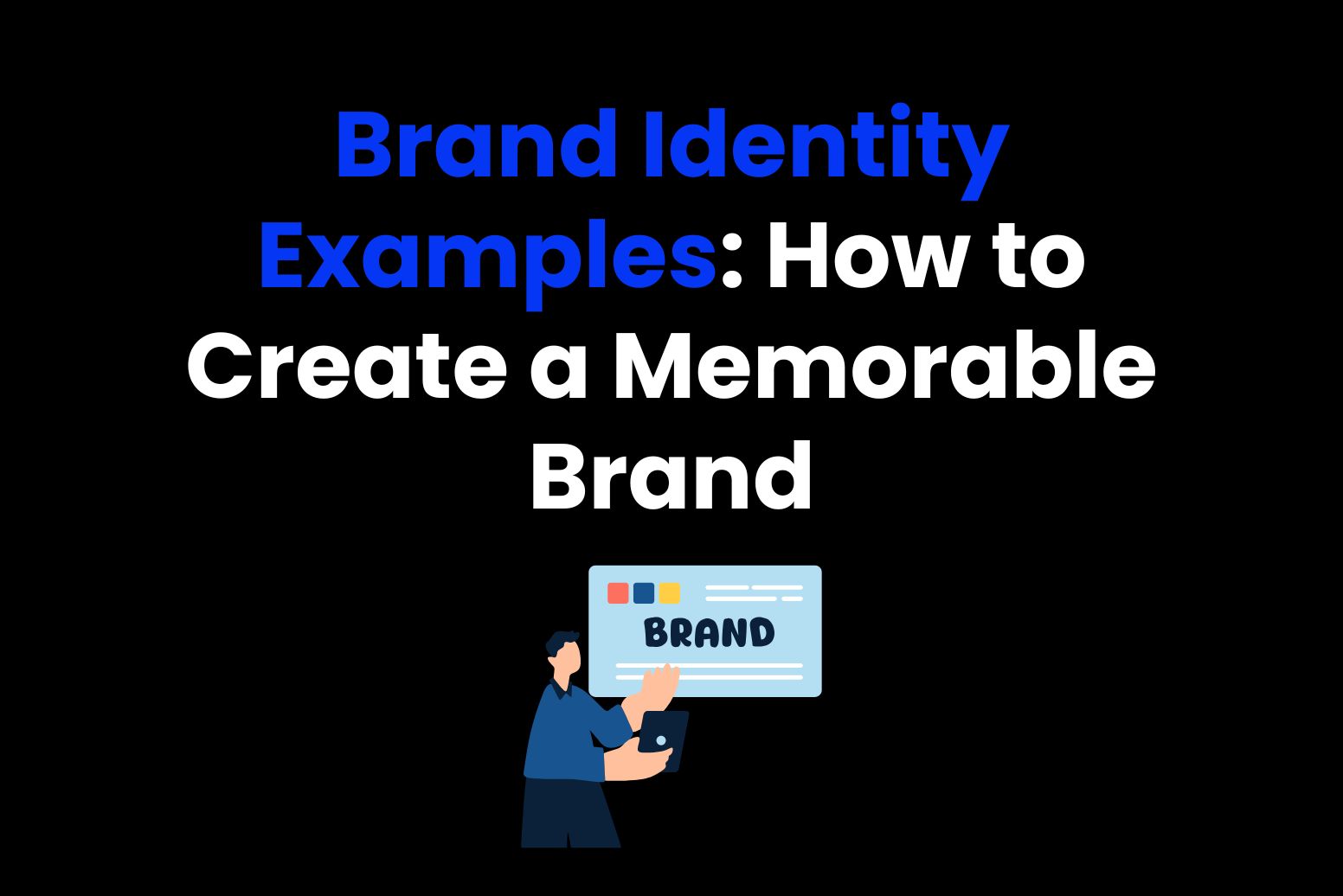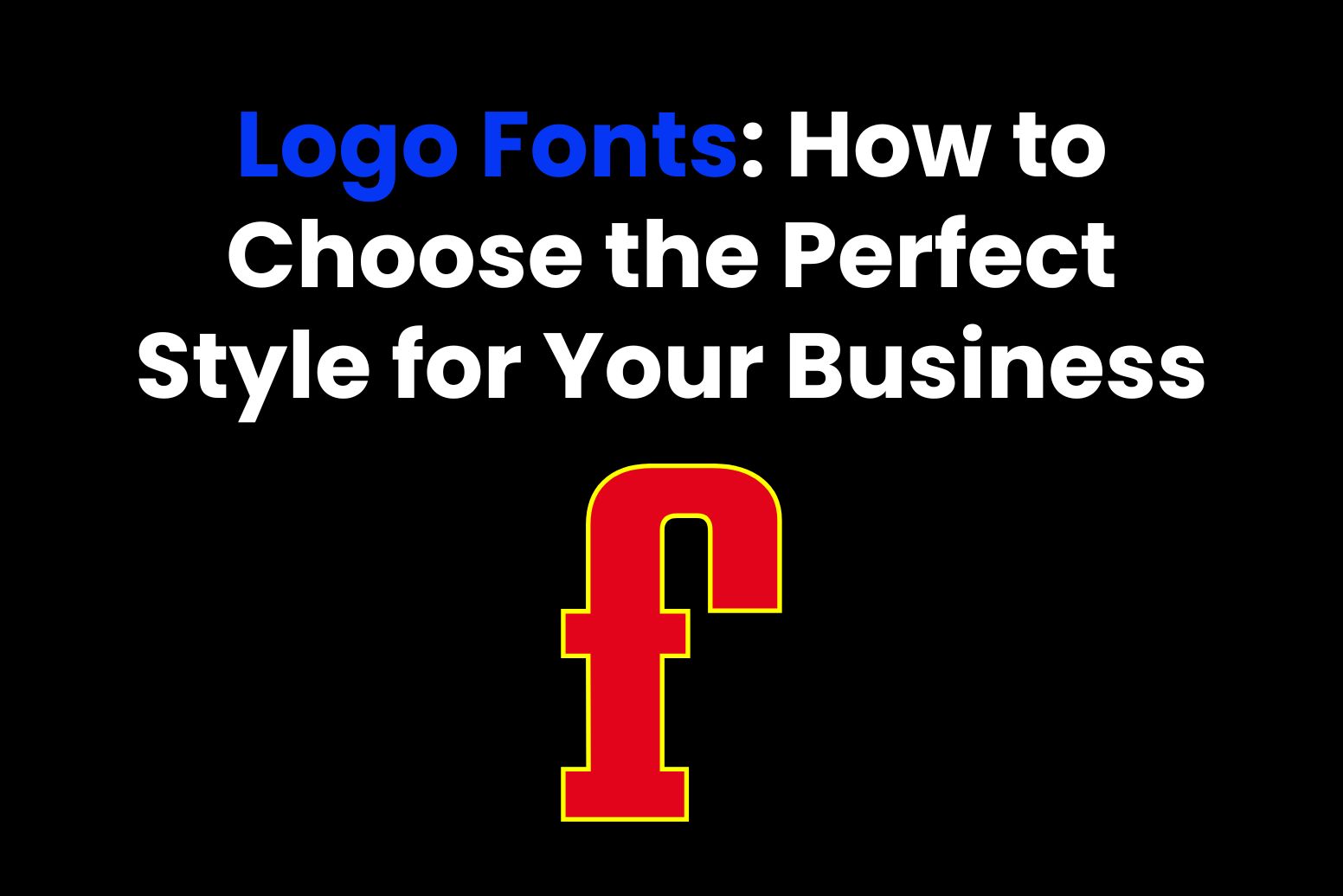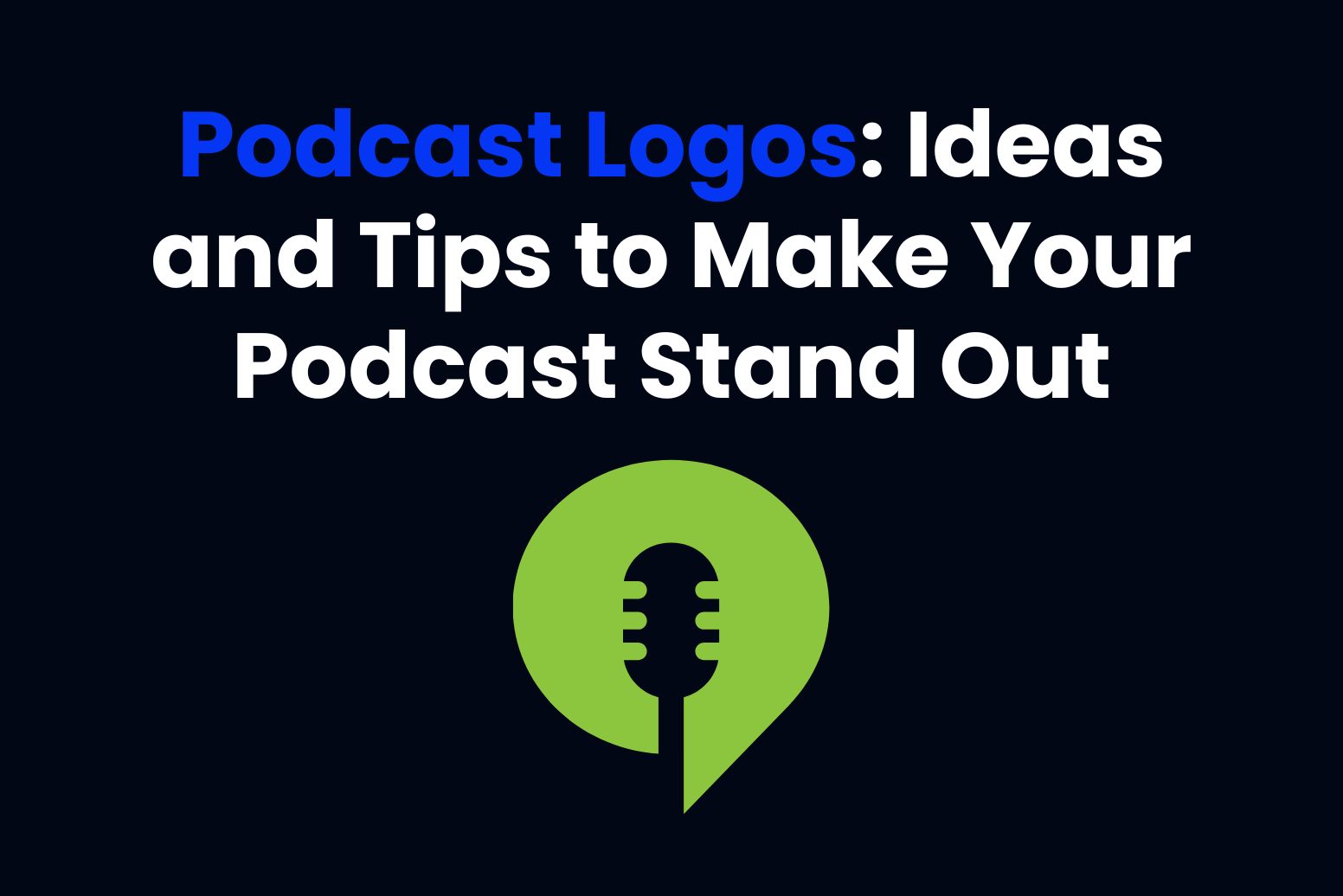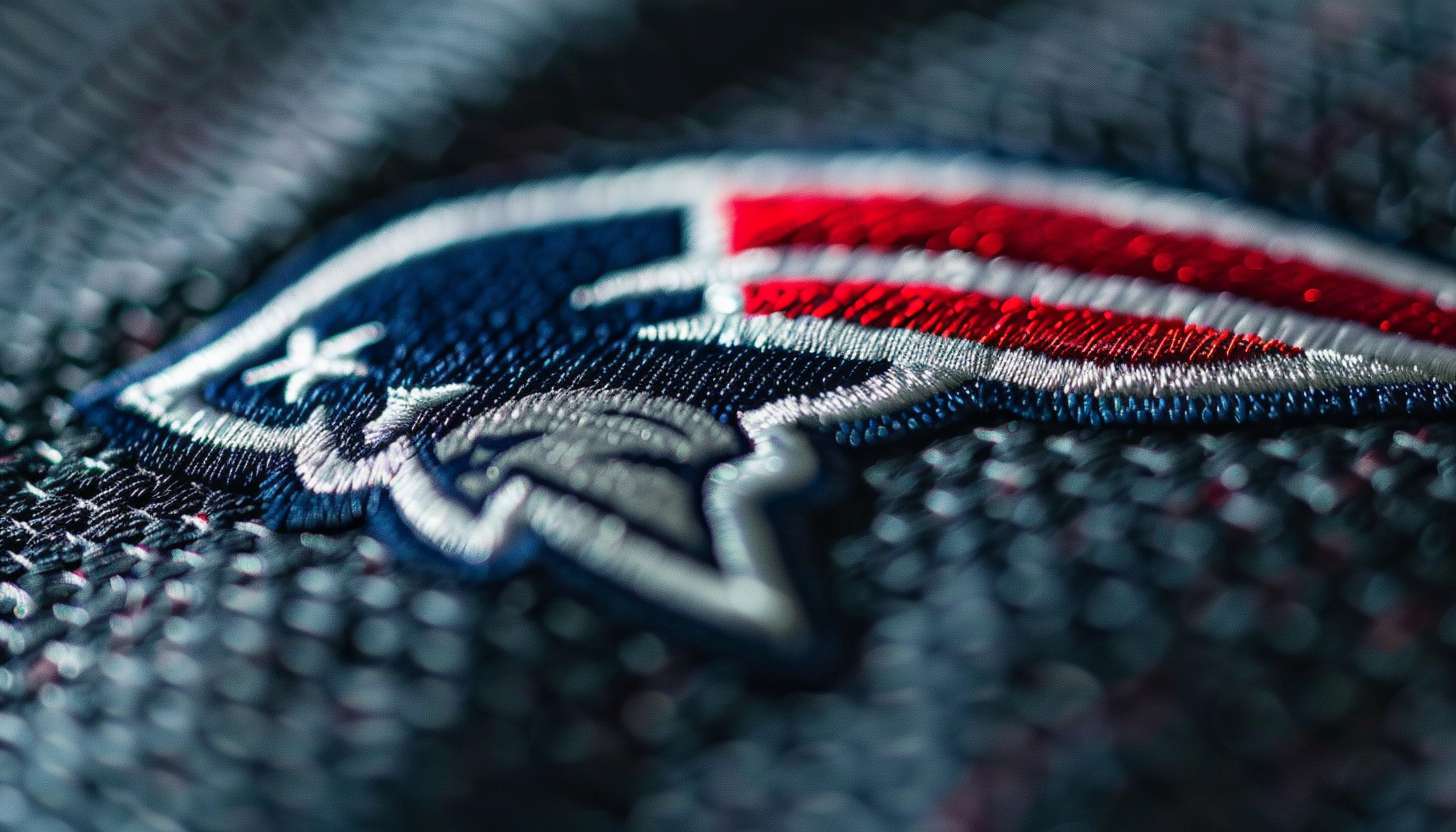Brand identity is the characteristic combination of visual, verbal, and emotional elements, by means of which a business presents itself to the public. That goes way beyond logos and taglines—how customers conceive and relate to a company. In a highly competitive business, winning a customer trust, loyalty and brand recognition boil down to good brand identity examples. In this article we will have a look at what brand identity is, and what is good for it. At the end you’ll have a clue of how to create a brand presence that will render your business unique.
Part 1: What is Brand Identity?
Brand identity is the visual, emotional, and cultural representation of a business. These range from logos, typography, colour schemes and messaging together which present the soul of a brand. In this section we are going to look at the basic building blocks of brand identity: logos, color palettes and the voice of the brand as a way to express the values of a company. Moreover, we will also state the difference between brand identity examples and brand image so as to help you know how the two relate to how the public regards the brand. The major elements of brand identity are as follows:
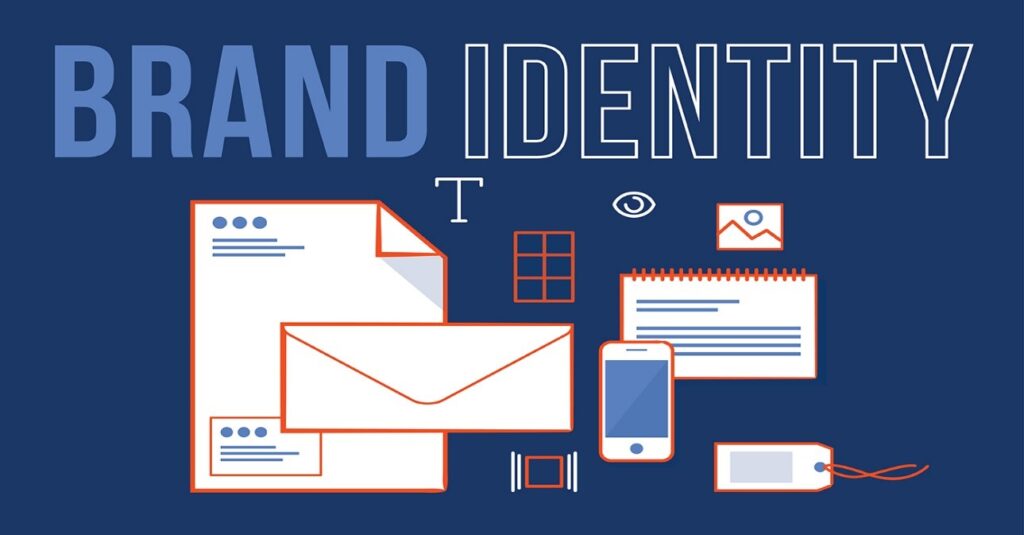
- Logo: A logo is often the first thing that a customer notices about a brand. It acts as a visual shorthand for the company’s message and values.
- Typography: Fonts can evoke emotions and set the tone for a brand. A clean sans-serif font, such as Google’s, symbolizes simplicity
- Color Palette: Colors palette are associated with emotions and meanings, and thus play a very important role in branding. Blue symbolizes trust and reliability, hence used by PayPal.
- Imagery: Photos, illustrations, and other visuals tell the story of a brand. Consistent imagery aligned with the values of the brand will result in a cohesive and engaging identity.
- Voice and Tone: What a brand says—serious, lighthearted, or playful—defines its personality. Example Wendy’s playful social voice and tone is appealing to its target audience.
What’s the Difference Between Brand Identity and Brand Image
Brands often get these two things confused, but they are created with different purposes in mind:
- Brand Identity: This is the look and feel of the brand as the business wants it. The purpose is to create the essence of a brand from deliberate design, messaging, and strategy.
- Brand Image: The customer’s perception of the brand based on experiences
Let’s say a company has brand identity it wants to project as reliability. Nevertheless, if it fails constantly to deliver consistent service to its customers, it runs the risk of creating bad brand image. Cool logo design keeps the company’s vision consistent with the customer’s.
Part 2: Importance of a Strong Brand Identity
Establishing a strong brand identity is necessary to ensure a long-lasting market presence. It raises consumer recognition, trust, and requirement for any sustainable business in the long term. This chapter reviews some of the key advantages that a strong brand identity may afford-increased recognition of the consumer, competitive edge, high creditability, and platform consistency. Understanding these will be in great help to justify the expenditure on your brand identity.
Greater Recognition and Customer Loyalty
A clear and consistent brand identity examples makes a business easy to recognize, even in crowded markets. Familiar visuals and messaging will help the customer remember the brand, so trust and loyalty are developed over time. Think about Starbucks. It has made it an icon around the world, with the green mermaid logo, welcoming store design, and consistent quality of their coffee. All these factors make the customer relate with reliability and comfort, bringing customers back.
Competitive Edge in the Market
A distinctive brand identity helps a business stand out in competitive industries. Brands gain a lot by creating unique personality which helps them attract niche audiences and become leaders. It would be Tesla, with the sleek design, stress on sustainability, and newness in technological knowhow. Tesla’s brand image, thereby, attracts an environment-conscious customer who wants solutions from the future.
Increased Credibility and Professionalism
The coherent identity of a brand depicts professionalism. When every small feature, from the logo to the website, conveys consistency, it helps create the needed trust among customers. Consistent branding across the platform and marketing materials puts LinkedIn forward as the professional network. It only gets to be more professional further to imbue its credibility in that users can come to the platform and trust what it is giving them.
Consistency Across Platforms
Strong brand identity examples create a seamless experience for customers through all channels. Whether it is visiting a website, interacting on social media, or seeing an ad, there should be a consistent connection with the brand. Take McDonald’s, for instance. Its golden arches, red-and-yellow color scheme, and iconic menu items create a familiar experience worldwide. Whether you are in New York, Paris, or Tokyo, you know what to expect, which reinforces trust and loyalty.
Part 3: Examples of Strong Brand Identity
Seeing brand identity in operation may prove to be great insight in how it aids a company’s success in business. This section will explore examples of companies that have created memorable and powerful brand identities. We’ll look at corporate giants like Apple and Nike, successful small businesses, and industry-specific examples in fashion, technology, and food & beverage. Each of these is to show how businesses make their distinctive brand identities the platform by which they achieve access and differentiation in a competitive environment.
Corporate Giants
Corporate titans, with their large resources and reputations, can design iconic brand identities that the world recognizes. Through strategic marketing, consistent messaging, and memorable designs, these companies have helped consumers perceive their products and services in certain ways. Two of the most notable examples of such brand identities are Apple and Nike.
Apple: Minimalist Design and Innovative Branding
One fine example of how a company can create brand identity examples is that of Apple, one of the best examples of how an organization can create a brand name that symbolizes simplicity, innovation, and elegance. Core to this is the minimalist approach-its sleek, simple logo: a bitten apple. Perhaps one of the most famous symbols in the world concerning logos, this logo features the idea of Apple as a philosophy that makes technology useful, easy to use, and so beautifully designed.
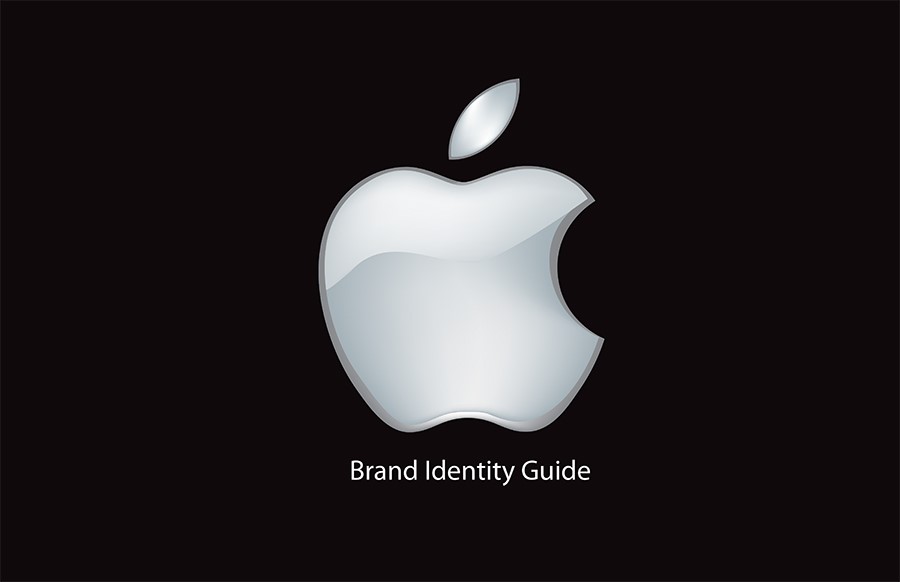
Nike: Iconic Swoosh Logo and Motivational Messaging
Nike’s brand identity examples strongly stand on empowerment, performance, and ambition. The swoosh logo is simple yet very dynamic, signifying movement and victory. The overall design of the logo encapsulates Nike’s idea of boundary push and is recognized immediately by people all over the world. With the brand’s classic slogan, “Just Do It,” Nike’s identity is not just a sportswear brand anymore but a representation of tenacity and accomplishment.
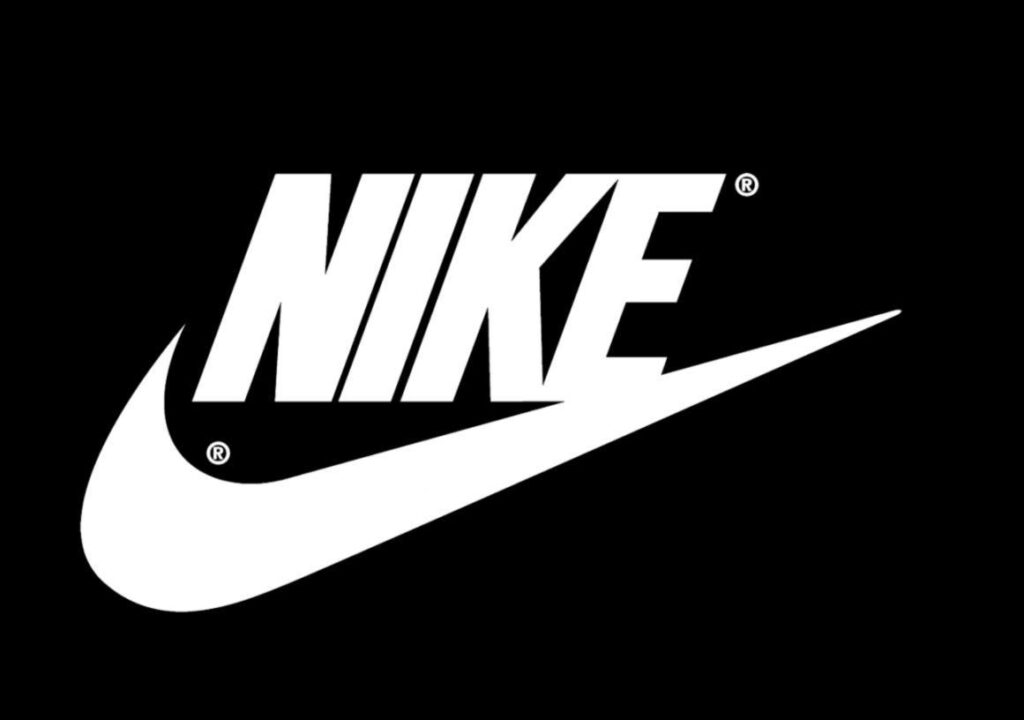
Small Businesses
A local baker may not have the significant budget marketing power of a corporate behemoth, but he still can create strong brand identity examples that are memorable. Creativity, authenticity, and an understanding of the targeted audience are often enough for creating a strong, resonant identity that stands in the crowded marketplace.
Local bakeries
Attractive atmosphere for a local bakery will most likely be created. Using warm colors, playful fonts, and a logo that embodies the feel of the warm, comfort food their baked goods produce, the bakery can trigger nostalgia and warmth. That is a personal branding approach with customers in mind, hence making them feel like part of something special. Perhaps for small businesses, social media can be a great idea to share behind-the-scenes stories, such as when the baking process is followed or customer testimonials, through which trust and loyalty for the community are fostered. In this way, the brand identity examples of a bakery is built not simply on its products but instead on the authentic relationships forged with customers.
Warby Parker
Small businesses like Warby Parker further show the potential of being able to create a massive brand presence without having budgets. Here, Warby Parker helped revolutionize glasses by making them very stylish and top-quality yet economical. Its whole brand identity speaks the same language from a clean design to a welcoming, accessible tone. Not to mention, through its “Buy a Pair, Give a Pair” scheme, Warby Parker communicates social responsibility along with their branding. Warby Parker was adept at sitting in a unique, valuable and consumer resonant position by aligning their branding with a larger social cause.
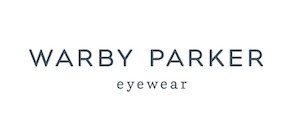
3. Industry-Specific Examples
Branding strategies can be very wide, depending on the sector in which they are found because each sector has a challenge and opportunity that should be met. Let us examine how some of the world’s best brands tailor their identities for the industries they are in.
Gucci
In the fashion world, branding is often entwined with luxury, exclusivity, and aspiration. Gucci and Louis Vuitton best exemplify this. Bold, eclectic designs paired with high fashion campaigns reach trendsetters, celebrities and influencers: Gucci is based on that. At least in brands identity the name of the brand is very individualistic, more concentrating in a self expression through bright colors, unusual patterns and avant-garde designs. Gucci branding is not about clothes; it is about the presentation of a lifestyle that supports boldness and confidence.
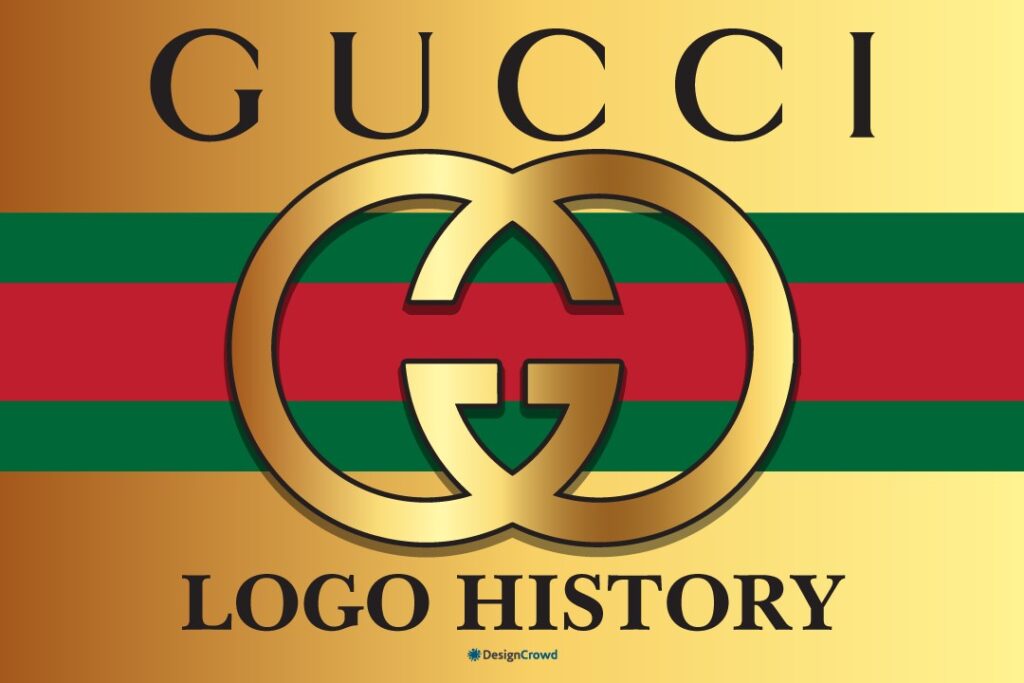
Louis Vuitton
It symbolizes timeless luxury and exclusivity. The visual identity that the brand should exude is meant to express a sense of opulence and refinement so that the luxury fashion brand may secure itself as the leader of that world. Louis Vuitton’s branding is about making a strong emotional connection with the customers, who are not only after products but also after the status that symbolizes their success and sophisticated taste.
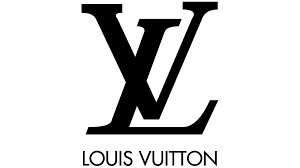
Microsoft
The brand of the technology industry usually is centered on innovation, reliability, and user experience. A tech giant that has been around for decades, Microsoft, places its brand under reliability, versatility, and the most recent technology. Its clean, professional logo, consistent message, and product variety are very appealing to both corporate users and individual consumers. To me, Microsoft’s brand identity examples revolve around the ability to support businesses and people do more with the products within their suite.

Spotify
On the other hand, Spotify targets a more youthful and creative audience through a playful and dynamic brand identity examples. The music streaming service emphasizes personalization and the emotional relationship between users and their music. The company’s graphics are bright and vibrant, its playlists curated and well-suited, and its marketing campaigns often relatable and funny. The success of a brand empowered by creativity, innovation and personalization for music lovers around the world? Spotify!

Coca-Cola
Coca-Cola’s brand identity is founded on happiness, togetherness, and nostalgia. Red-and-white logos, memorable jingles, and old glass bottles evoke a feeling of joy and unity. Their constant messaging revolves around creating positive experiences: whether it is sharing a Coke with friends or having special moments.
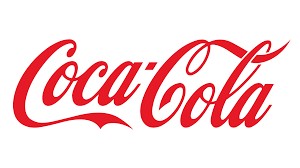
Starbucks
Starbucks, however, focuses on making a unique experience for its customers. The green mermaid logo is very iconic, and the atmosphere of Starbucks shops—warm interiors, the scent of freshly brewed coffee, and customized service—enhance the brand’s identity. They’ve already made customers value adding to a sense of community beyond simply just coffee, and they’ve done well by creating a place where people can relax, work at the coffee shop or hang out with friends.
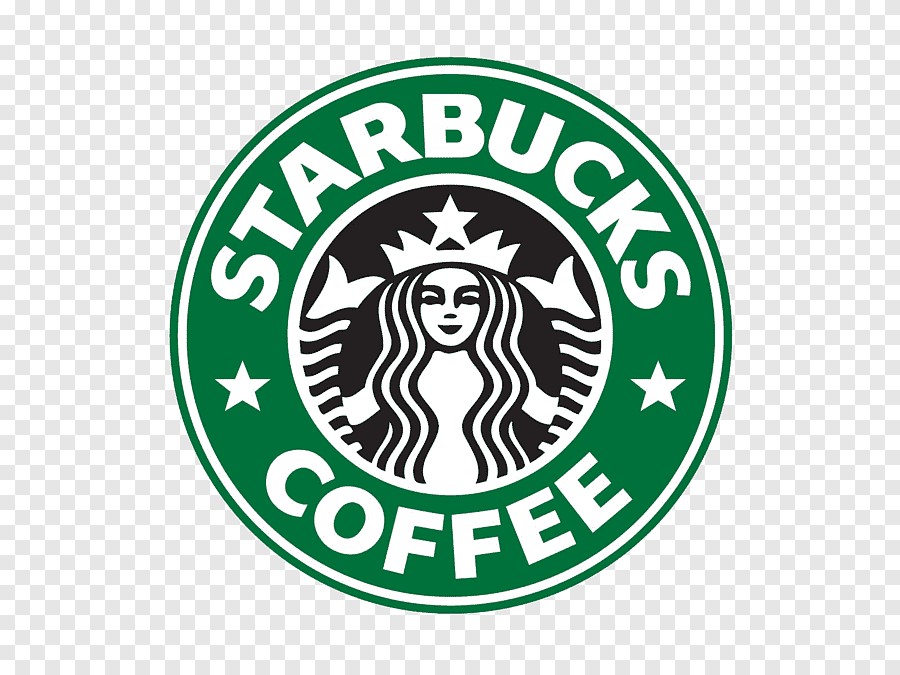
Part 4: Tips for Building a Memorable Brand Identity
A good logo is not enough to create strong brand identity examples. It includes knowing and understanding the audience, being as authentic as possible, and investing in quality design. This part gives practical tips toward building a brand that matters. It is going to be the awareness of audience, consistency with your core values, consistency across their platforms, and evolution from time to time to get relevant. All these are what businesses will need to build a well-coordinated, memorable brand identity.
Understand Your Audience
A well-defined brand identity begins with knowing your target audience inside out. Who are they? What do they want? What do they want to avoid? Undertake market research to gain such knowledge about your target market concerning their preferences, behavior, and motivations and calibrate your branding elements correspondingly. For example, for a brand targeting millennials, it should use bold colors, casual language, and digital-first marketing strategies resonating with the tech-savvy audience.
Stay Authentic and Unique
Your brand identity examples have to speak for the true values, mission, and personality of your business. Don’t imitate your competitors and trends; tell people why your brand is unique. For example, Patagonia remains eco-conscious by highlighting the sustainability of its products and even its marketing. This authenticity resonates to the environmentally conscious consumer and distances Patagonia from all other outdoor brands.
Invest in Quality Design
Professional design will be one of the cornerstones in a great brand identity. Your logo, typography, color palette, and every other element should be strong and visual. A poorly designed logo or inconsistent visuals would make your brand look as if you don’t mean business. You may want to hire an experienced graphic designer or agency so that your branding material is professionally done and impactful. Do not forget that first impressions are what last, and quality designs will help make that good impression.
Maintain Consistency Across Platforms
Uniformity is one of the most important ways of creating brand recognition. Your brand identity should be uniform on all platforms such as your website, social media, packaging, and advertisements. Create a brand style guide that details your visual and verbal guidelines. It will ensure that your brand’s identity flows out from every post on social media to customer service emails. This develops trust and makes it easy for the customers to distinguish and recall your brand name.
Evolve Over Time
Consistency is important, but sometimes, it is also required to change and evolve. Trends change, and preferences of customers change with time. Regularly check whether your brand identity is relevant and fits the target audience. For example, Instagram updated its logo and the user interface to fit modern trends in design while keeping their core identity. This evolution helped them stay fresh and appealing to the audience.
Part 5: Common Mistakes to Avoid
Even with the best of intentions, businesses can err, which harms their brand identity examples. This section describes three of the most common pitfalls that plague brand development: That is because they lack the clear vision and consistency, and the failure to listen to the customers. In this article I’ll be diving into each of these mistakes and seeing how we can overcome them in practical ways. The less mistakes a business makes, the more it will be able to zero in on a unified, impactful brand identity that will resonate with its audience.
Lack of Clear Vision
A brand without a clear vision often struggles to connect with its audience. Lack of focus becomes a problem customers do not know what the business is studying about, and the company’s identity gets confused. Frequent changes in messaging or visual design further dilute the brand’s purpose, making it appear unreliable or indecisive.
How to Overcome It:
Businesses need to establish a clear vision by defining their purpose and mission. This can be achieved by starting with the problem that your brand solves and what drives your operations. A concise mission statement can guide your identity as all efforts will be aligned toward long-term goals.
Inconsistency in Branding
A significant, constant mistake in branding is inconsistency; this affects recognition and builds less trust. This generally happens when visual elements such as tone or messaging on various platforms or materials changes that usually confuse the customers and bring forgetfulness of the brand; therefore, the use of different logos, color schemes on your website, social media, or different printed materials will confuse your crowd or audience and make your brand appear unprofessional.
How to Overcome It
Consistency comes in by creating a strong brand style guide that makes clear the rules for utilizing your logo, typography, color palette, and voice of tone. This ensures that whoever creates content, whether an in-house team or an external agency, does it in line with other members of the team. Consistency will keep your brand recognizable and credible with your audience.
Ignoring Feedback from Customers
Customer feedback is a valuable resource for refining brand identity, yet many businesses ignore it. If you’re not listening to your audience, your brand gets out of touch with what they expect and that’s a disconnection. For example, if a rebranding effort receives negative feedback and the business doesn’t respond, it risks alienating its loyal customers.
How to Overcome It:
To find this type of mistake, you begin by starting yourself with active feedback from surveys, focus groups, and online reviews. Then targeted questions will ask you about your design, messaging, and appeal so that you can get a much needed critical insight on how the audience perceives it. Among the best ways to gather feedback from customers in real-time is through social media platforms, where you are conversing with them and showing them you care about their opinion.
Part 6: How Arvin AI Builds Your Brand Identity
Arvin Ai is helpful to get a professional logo and brand elements faster than ever and more efficiently. In this post, we will go over its main features such as AI powered logo generation, brand voice customization features, color palette recommendation based on industry and brand guidelines template. Arvin AI is one of the easiest ways to implement a powerful brand image into your business venture.
Key Features of Arvin AI
AI-driven Logo Creation:
The core feature of Arvin AI is its AI-driven logo creation tool that simplifies the process of logo design. This means saving precious time while generating professional-grade logos that are unique, modern, and aligned with the brand identity examples.
Color Palette Suggestions:
Color palette is a very important part of branding, because colors evoke certain emotions and perceptions. Arvin AI provides industry-standard-based color palette suggestions so that your brand’s colors are right for the tone and will attract your target audience.
Brand Voice Customization Tools:
Arvin AI provides customization tools so that businesses can define and refine the brand voice. From tone to style, users have the flexibility to fine-tune their brand messaging according to the values and personality that the brand embodies.
Instant Templates:
Arvin AI provides instant templates for brands to define logo usage, color palettes, typography, and voice guidelines and ensures that the visual elements and messaging of your brand remain consistent as your business grows.
Steps to create professional logo for brand identity
Step 1: Setting up your Arvin AI Account
Visit Arvin AI’s website, sign in, and log in for an account. Go directly to the logo design tool, which will assist in creating your brand’s visual identity. You are now prepared to begin creating.
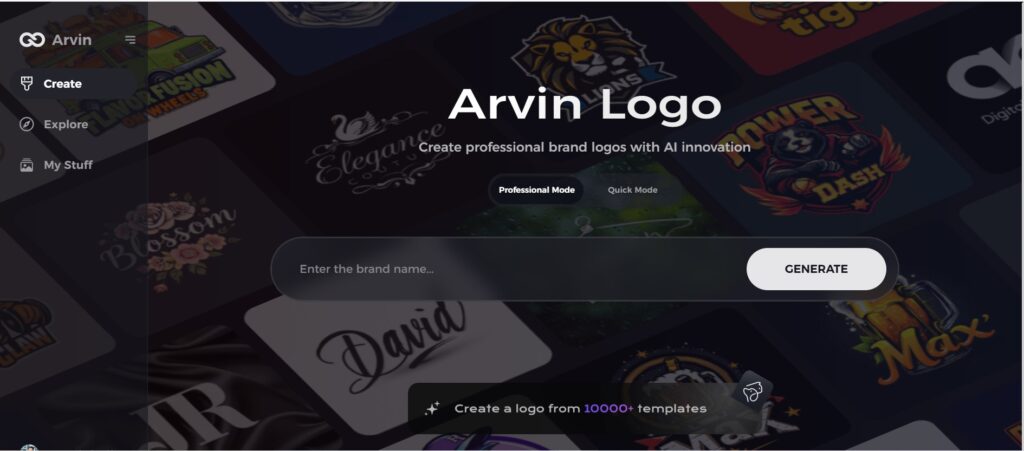
Step 2: Input Brand Information
Provide your brand name, slogan, and industry to help Arvin AI understand your business. Include design preferences, like font styles or imagery.
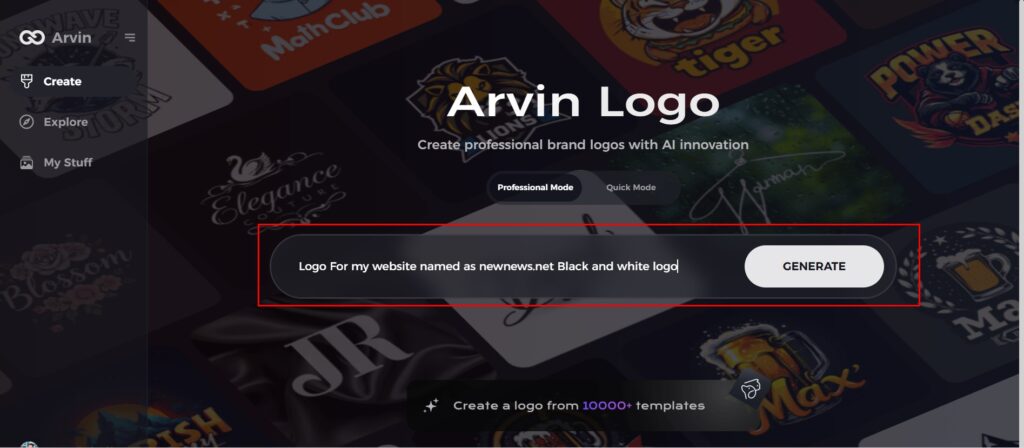
Step 3: Choose Your Industry
Select your industry or niche from a list. This allows the AI to generate logo options suited to trends in your sector. The AI will tailor designs that reflect your market.
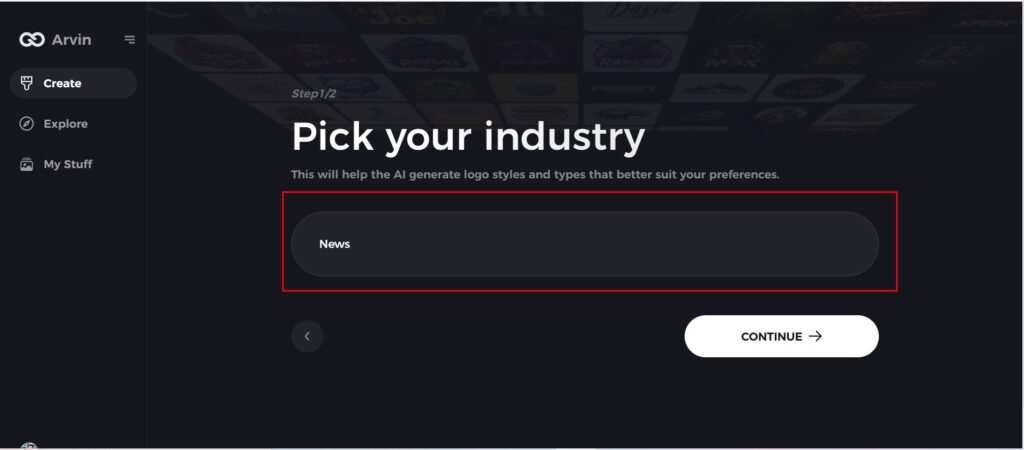
Step 4: Select Your Favorite Style
Discover the different style options available and select the one that suits your brand. Choose a style that will represent your brand identity.
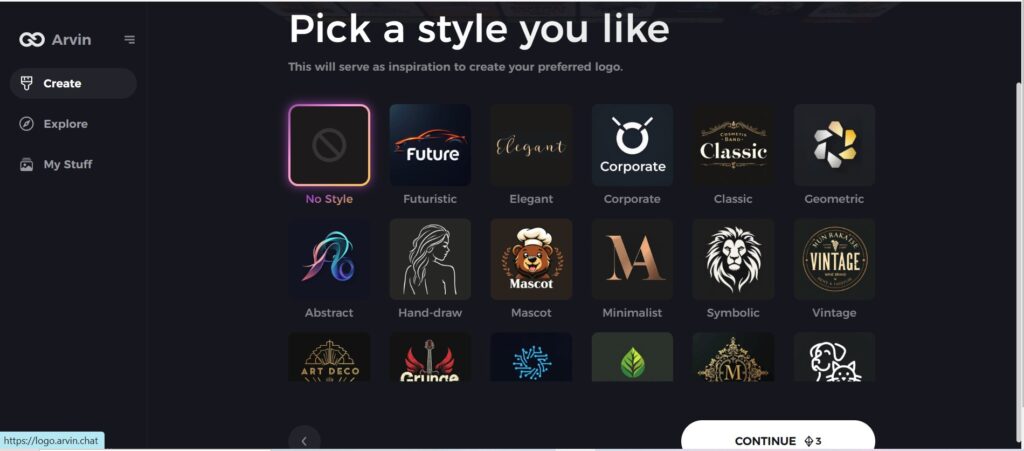
Step 5: Customize Your Logo Design
Once the AI has created the logos, use tools to modify the fonts, layouts, and symbol placements. Continue to customize the design until it reflects your brand’s personality.
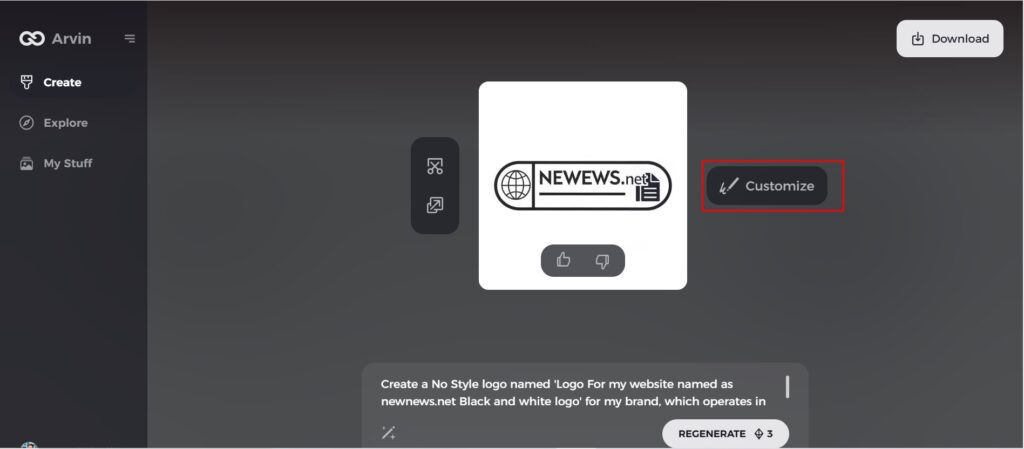
Step 6: Save and Download Your Logo
Preview your final logo design and make any final adjustments. Save it in high-resolution formats for print and digital use. Your logo is now ready to represent your brand everywhere.
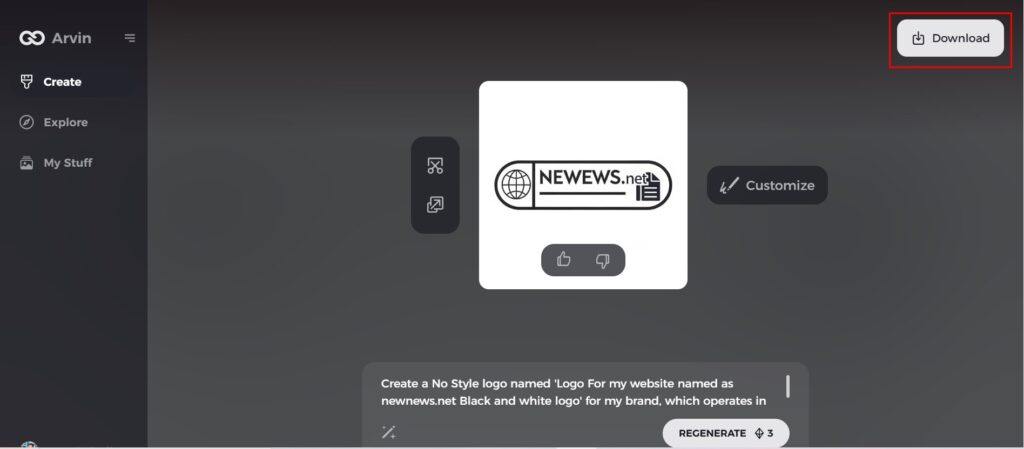
Conclusion
Strong brand identity examples are the way to establish long-term relationships with your customers and drive business success. This not only defines how customers will perceive your business but also will play a very important role in fostering loyalty and recognition, especially as your brand continues to grow, it will definitely be consistent at all touchpoints. To make the branding process easier for you, you can opt for a tool such as Arvin AI. Let’s start creating our brand identity with Arvin AI today.
FAQs
What’s the most important element in brand identity?
The most critical point of brand identity is constancy. A consistent visual and verbal brand identity ensures that your customers know your brand everywhere they see it.
In what ways does brand identity affect customer perception?
Brand identity molds how customers perceive your business. A good, consistent brand identity builds credibility, inspires loyalty, and makes your business stand out from others; on the other hand, a weak or inconsistent identity will create confusion or even lack of trust.
Can small businesses build a strong brand identity without a big budget?
Yes, small businesses can have excellent brand identity examples without huge budgets. With the aid of free tools like Arvin AI, small businesses can produce professional logos and select effective color palettes while determining their brand voice without breaking the bank.
Why should I consider tools like Arvin AI for brand identity creation?
Arvin AI is an easy, affordable way to achieve professional brand identity. AI-powered tools that create logos, color suggestions, and guidelines are used by the brand in order to maintain unique consistency in the market with minimal effort.

